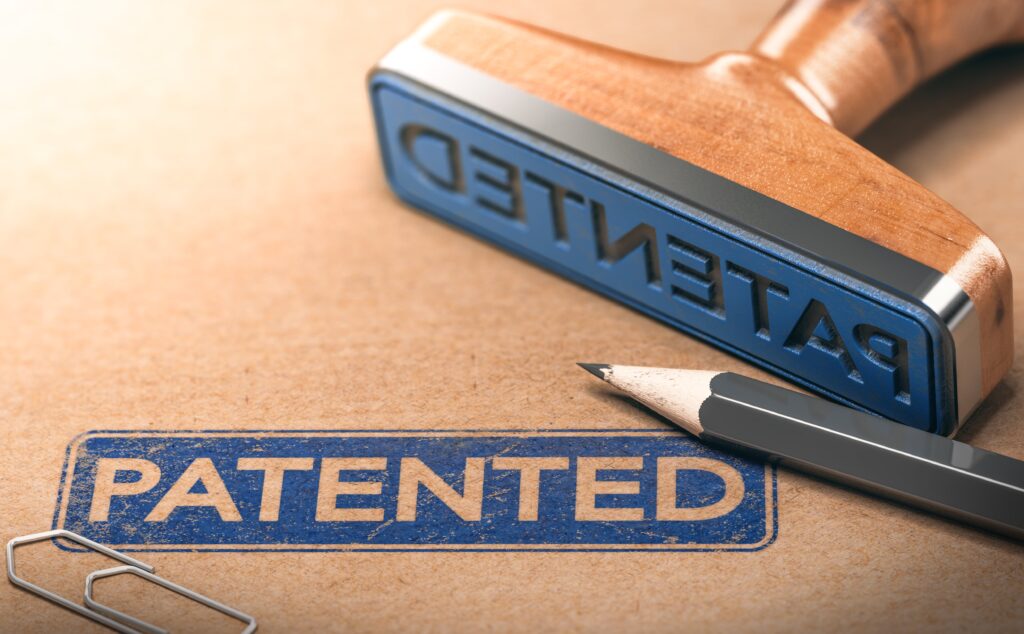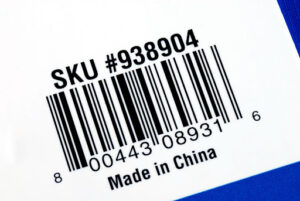It’s no secret that Amazon dominates the eCommerce landscape and one way they stay on top is by ferociously enforcing its intellectual property rights. But what exactly does that mean for brands and manufacturers? Are there steps you can take to ensure your products are protected from infringement? In this blog post, we’ll show how understanding the importance of patent enforcement can help you stay ahead in today’s ultra-competitive marketplace. You’ll learn actionable strategies to ensure your brand has strong protection against any potential legal issues, maximize revenue potential, and improve customer satisfaction.
What are Amazon’s intellectual property rights?
When it comes to Amazon’s intellectual property rights, there are a few different things to consider. First, Amazon has the exclusive right to sell certain products on its site. For example, Amazon has a whole deal with Apple to sell its products on Amazon. This means that other retailers cannot sell Apple products on their sites.
Second, Amazon has registered a number of trademarks that it uses to distinguish its own products from those of competitors. For example, the trademark “Amazon” is registered in over 150 countries around the world. This means that other companies cannot use the Amazon name or logo on their products or websites.
Finally, Amazon owns a number of patents that relate to its products and services. For example, Amazon has a patent for its one-click ordering process. This means that other companies cannot copy this process without permission from Amazon.
What is patent enforcement and why is it important?
Patent enforcement is the process of protecting utility patents from unauthorized use. Patent enforcement ensures that inventors are protected and rewarded for their intellectual property and ideas. Without patent enforcement, inventors are unable to control how their invention is used, resulting in a decreased incentive to innovate. As a result, utility patents become increasingly important as they provide creators with tangible value while simultaneously incentivizing creativity, progress, and innovation on a global scale. Furthermore, utility patents protect innovators against copycats who may seek to copy or replicate their inventions without permission – often referred to as infringement. In sum, patent protection and enforcement are crucial components of a healthy intellectual landscape that encourages inventors to develop new ideas.
What can brands do to protect themselves from potential infringement?
There are a few things brands can do to protect themselves from potential infringement. The first step is to perform a comprehensive search of both the USPTO and trademark databases to make sure that the proposed mark is available for use. It’s also important to monitor the trademark landscape for any potentially conflicting marks. Additionally, it’s a good idea to have a clear and concise trademark policy in place and to educate employees on how to identify and report potential infringements. Finally, brand owners should consider registering their trademarks with the USPTO, which provides additional protection against infringement.
How can understanding Amazon’s IP rights help manufacturers maximize revenue potential?
The potential for manufacturers to maximize their revenue potential through Amazon is huge, but it can be difficult to understand exactly how Amazon’s IP rights work and how they can be used to help businesses. In order to make the most of Amazon, it is important for manufacturers to have a clear understanding of the different types of intellectual property that Amazon holds: trademarks, copyrights, and patents.
Trademarks are the most commonly recognized type of intellectual property and are used to protect brand names and logos. A trademark can be registered with the US Patent and Trademark Office, which gives the owner exclusive use of the mark in commerce. Amazon has a number of registered trademarks, including “Amazon” and the smile logo.
Copyrights are used to protect original works of authorship, such as books, music, and movies. Copyright protection arises automatically when a work is created and lasts for the life of the author plus 70 years. Amazon aggressively defends its copyrights and has brought a number of lawsuits against companies that have allegedly infringed on its copyrighted material.
Patents are used to protect inventions or new processes. To be patentable, an invention must be novel, non-obvious, and useful. Amazon has a large portfolio of patents, covering a wide range of topics from online retailing to delivery drones.
Manufacturers can use Amazon’s IP rights to their advantage in a number of ways. For example, manufacturers can use trademarks to protect their branding and logo designs on Amazon’s site. They can also use copyrights to protect their product descriptions and images from being copied by other sellers. And finally, they can use patents to protect their inventions from being copied by competitors.
Understanding Amazon’s IP rights can help manufacturers maximize their revenue potential by allowing them to protect their brand name, copyrighted material, and patented inventions. By working closely with Amazon’s legal team, businesses can ensure that they are taking full advantage of all that Amazon has to offer them.
When online shopping first stepped onto the scene, brand protection for US Sellers competing with international sellers was a big concern. Unfortunately, many international sellers on Amazon.com still do not recognize nor follow patent law in The US; companies are powerless to protect their brands from infringements on these sites. Of course, the main purpose of patent law is to protect inventors and secure their rights to that invention. Without proper brand protection, however, businesses will struggle to make money and avoid market saturation with identical items sold by different vendors at different prices. Ultimately, brand protection is crucial for both inventors and businesses as it allows each party to flourish economically by preventing others from infringing upon products or services that are protected by patent law in The US.
Why Use A Brand Protection Agency To Help?
For businesses looking to protect their products and services from infringement, using a brand protection agency is the best way to go. A brand protection agency can help you enforce your utility and design patents, ensuring that your invention remains yours and not someone else’s. By enlisting the help of an experienced professional, you can make sure that your intellectual property rights are secured and protected from any potential infringers.
Overall, Amazon’s intellectual property rights have a significant impact on manufacturers who sell on the platform. By understanding and using these rights to their fullest, businesses can maximize their revenue by ensuring that their products are protected from any infringement attempts. Additionally, enlisting the help of a brand protection agency that knows the most effective and efficient way to navigate the brand protection process is essential for businesses looking to protect their products and services from any potential infringement. By understanding and utilizing these rights, businesses can benefit greatly on Amazon’s platform.
International Sellers Just Don’t Care About Your Patent
Despite the United States having a well-established patent law, many international sellers on Amazon.com still do not recognize nor adhere to it, particularly those based in China. This lack of recognition has serious implications for US Sellers who are competing with such international sellers on Amazon. The main purpose of patent law is to protect inventors and secure their rights to that invention. Without proper brand protection, however, businesses will struggle to make money and avoid market saturation with identical items sold by different vendors at different prices. Therefore, it is imperative for US Sellers looking to compete on Amazon.com to look into ways of protecting their brands from infringement attempts by international sellers who may not recognize patent law.
Fortunately, Amazon offers a number of resources and tools that can help US Sellers protect their brands from infringement. These include the Brand Registry Program, the Infringement Report Tool, and Amazon’s Intellectual Property Rights Policy. Working with an experienced brand protection agency can help businesses ensure that they are taking full advantage of all these resources, as well as providing them with the expertise and advice needed to protect their products and services from any potential infringement. Ultimately, US Sellers need to be aware of how patent law works and be sure to take all necessary steps in order to protect their brands from international sellers who may not recognize such laws. By doing so, businesses can maximize their success and ensure that their products remain protected from any potential infringement.
In conclusion, it is essential for businesses looking to protect their products and services from infringement to understand the importance of patent law in the US, as well as utilize resources like Amazon’s Brand Registry Program and Infringement Report Tool. Additionally, given the nuance and challenges in protecting your utility or design patents and other IP on online, working with a brand protection agency can help businesses ensure that all the necessary steps are taken to protect their brands from any potential infringement. By understanding and utilizing these resources, US Sellers can maximize their success on Amazon’s platform and ensure that their products remain protected from any unlawful activity. Contact AMZ Watchdog today – patent and IP enforcement, are guaranteed.




